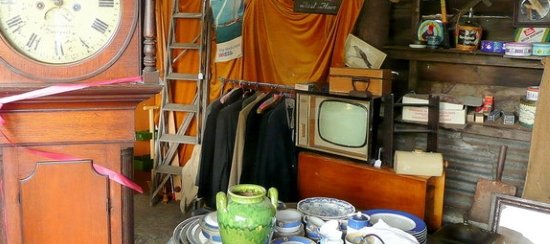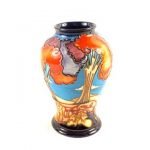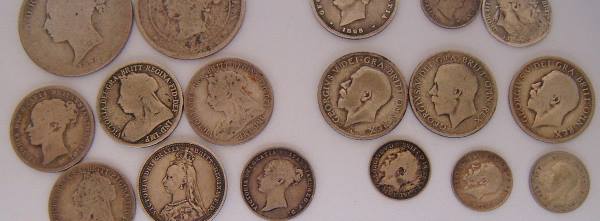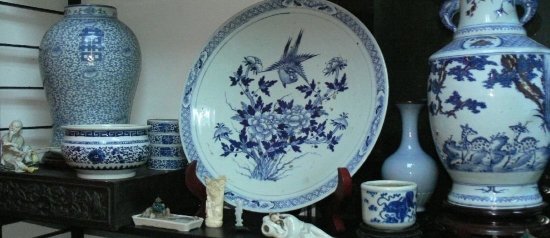Rats! Hardly your millennium toast, but the instrument you used to extract the cork from that fine old bottle of wine you saved for New Years 1999 owes its origin to these rodents and their relatives.
That bit of trivia is only one piece of interesting information you’ll glean from the books available on the history and identification of corkscrews. Start your library with one of the most recent and the best, The Ultimate Corkscrew Book (Schiffer Ltd., 1999) by well-respected author and collector Donald Bull (who I think probably knows more ways to get bottles, jars, and cans open than anyone on the planet). This 300-page volume is divided basically into three sections: almost two-thirds of the book is eclectic (which includes everything from coffee grinder screws to “sardine keys”), followed by figural corkscrews, and corkscrew knives. A price guide is included.
Less than a month after seeing Ultimate for the first time, we were surprised with a “condensed” version called Bull’s Pocket Guide to Corkscrews (Schiffer Ltd., 1999) which takes a variety of color photos from the big book, and adds an abbreviated caption and price guide.
On the other hand, Corkscrews: 1000 Patented Ways to Open a Bottle (Schiffer Ltd., 1996) is likely at this point in time to languish in the publisher’s warehouse. It has good information and nice photos, and focuses on the patents, with illustrations; but if you’re exposed only to this volume, you’re missing a lot of information.
People fasinated with the patents will also want to consider two privately published books (if you can find copies) by Philos Blake, Guide to American Corkscrew Patents, Volumes 1 & 2 (Bottlescrew Press, 1978 & 1981).
Corkscrews for Collectors (Sotheby’s Publications, 1981, revised in 1993) demonstrates that the British do it differently. I like to read a book, and use the illustrations to enhance what I am learning, so this book with its history of the corkscrew on both sides of the Atlantic, from the 1600s to mid 19th century, appeals to me. There is a mix of color, B-W photos, and patent illustrations, no pricing. The section on combination corkscrews, also covered in the Schiffer books, is interesting.
How do the rats fit into this story? Winemakers realized that wine kept best in a sealed container, but that piece of cork extending beyond the bottle was supper for the rodents that lived in the countryside. Cutting the cork flush with the bottle top solved that problem, and led to the invention of an instrument that could pull the cork from the container. Now you know the rest of the corkscrew story!






